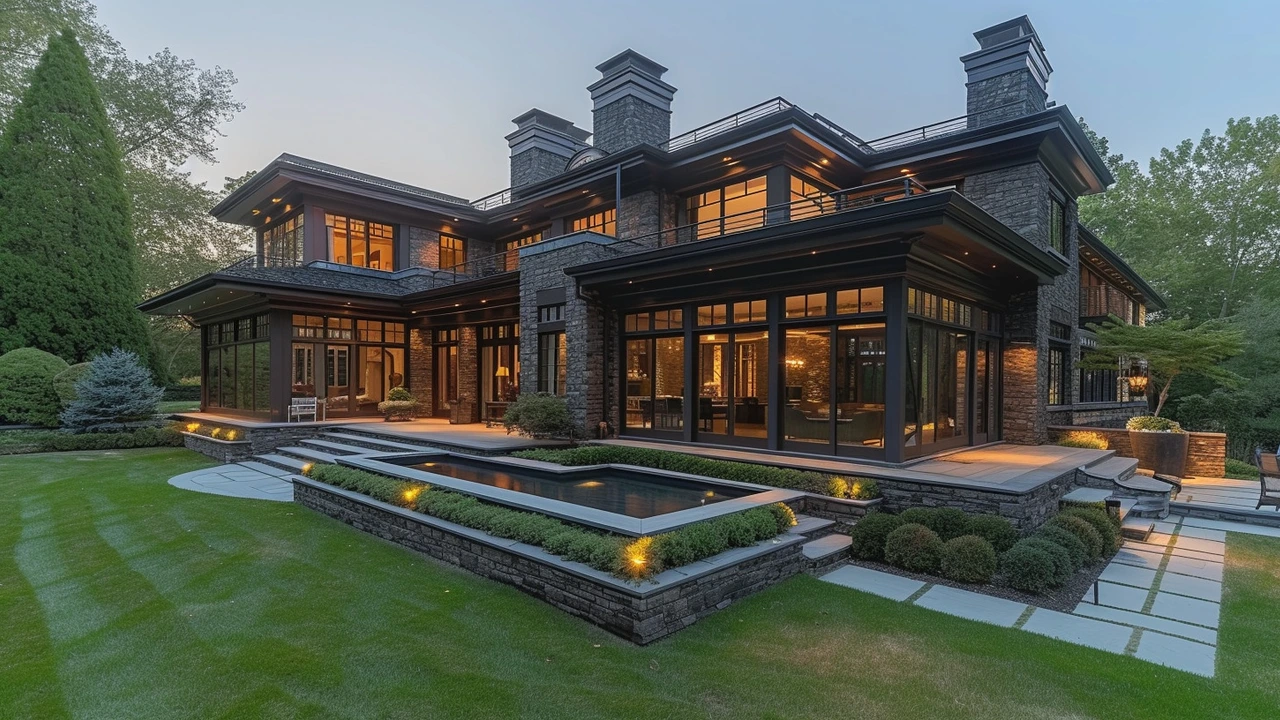Well, hello there architecture aficionados! Get ready to be awed by the Dutch Colonial Revival Design, a real show-stopper of the architectural world. Picture this: steep, broad gambrel roofs and dormers, a dash of classical symmetry and don’t forget those cute, practical porches! It’s like the Netherlands had a fling with the American Colonial era and voila - the Dutch Colonial Revival was born! So pack your virtual bags, we're embarking on a charming journey through architectural history, with a side of windmills and tulips!
Architectural marvels: big ideas, small details
Some buildings do more than house people—they tell stories, solve engineering problems, and make cities memorable. On this tag page you'll find clear guides, sharp examples, and practical tips about true architectural marvels from Ancient Roman concrete to neo-futurist towers.
Under the "architectural marvel" tag we gather posts that explain why a design works and why it matters. Expect deep dives on styles like Beaux‑Arts, Greek Revival, Renaissance, Baroque, and Colonial; modern movements such as High‑Tech, Neo‑Futurism, Constructivism, and Mid‑Century Modern; plus hands‑on pieces about preservation, materials, and renovation. Each article highlights visible features, historical context, and real-world uses—so you can spot key details on a walk, use ideas in a project, or plan a design-focused trip.
Why these buildings still matter: they shape identity and teach craft. Cities borrow the language of famous styles to signal power, culture, or modernity. Buildings show techniques—masonry tricks, timber joinery, or new composite systems—that solve tough problems. Practical lessons matter too: long-lasting materials, passive design moves, and flexible plans give ideas for better buildings today. Read about Roman concrete and Beaux‑Arts boulevards to see both method and impact.
How to spot an architectural marvel
Look for a clear idea behind the shape. Is the building solving light, wind, or crowd issues, or is it projecting a cultural value? Check materials: carved stone and heavy masonry tell a different story than glass and steel. Notice details: columns and cornices point to classical roots; curtain walls and exposed structure point to High‑Tech; sweeping curves might signal Expressionism. Watch proportion and rhythm: repeated windows, a balanced facade, or a bold focal point like a dome or tower often mark intentional design. Think about context—how a building sits in its street, frames a view, and how people use the space around it.
How to use this tag
Start with posts that match your interest: history, design details, preservation, or modern trends. Use the keyword list to jump between related articles—try "Beaux‑Arts" for urban history or "High‑Tech" for engineering-forward projects. If you’re planning a visit, open the articles that name cities or buildings and note key features to spot. For renovation or design work, read the preservation and style guides for practical tips you can apply at home. Save posts you like and subscribe to new tags to stay updated.
Photography and preservation tips help you get more from these sites. For photos, shoot at golden hour, use a wide lens for facades, and include people to show scale. For preservation-aware visits, follow local rules, avoid touching fragile surfaces, and support museums or local tours. If you plan work on an old building, check materials, record original details, and consult a conservator before making changes to keep character and safety in balance and protect historic value.
Browse, learn, and ask questions in the comments. If you want a quick pick, start with the articles on Ancient Roman techniques, Beaux‑Arts influence, and Neo‑Futurism for a tight mix of history, craft, and future-facing design.

